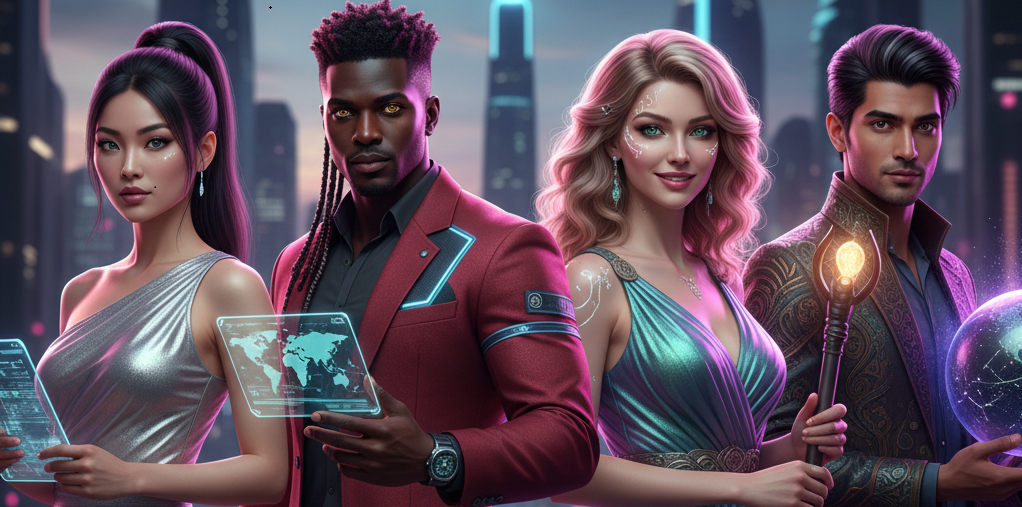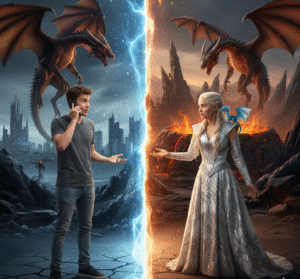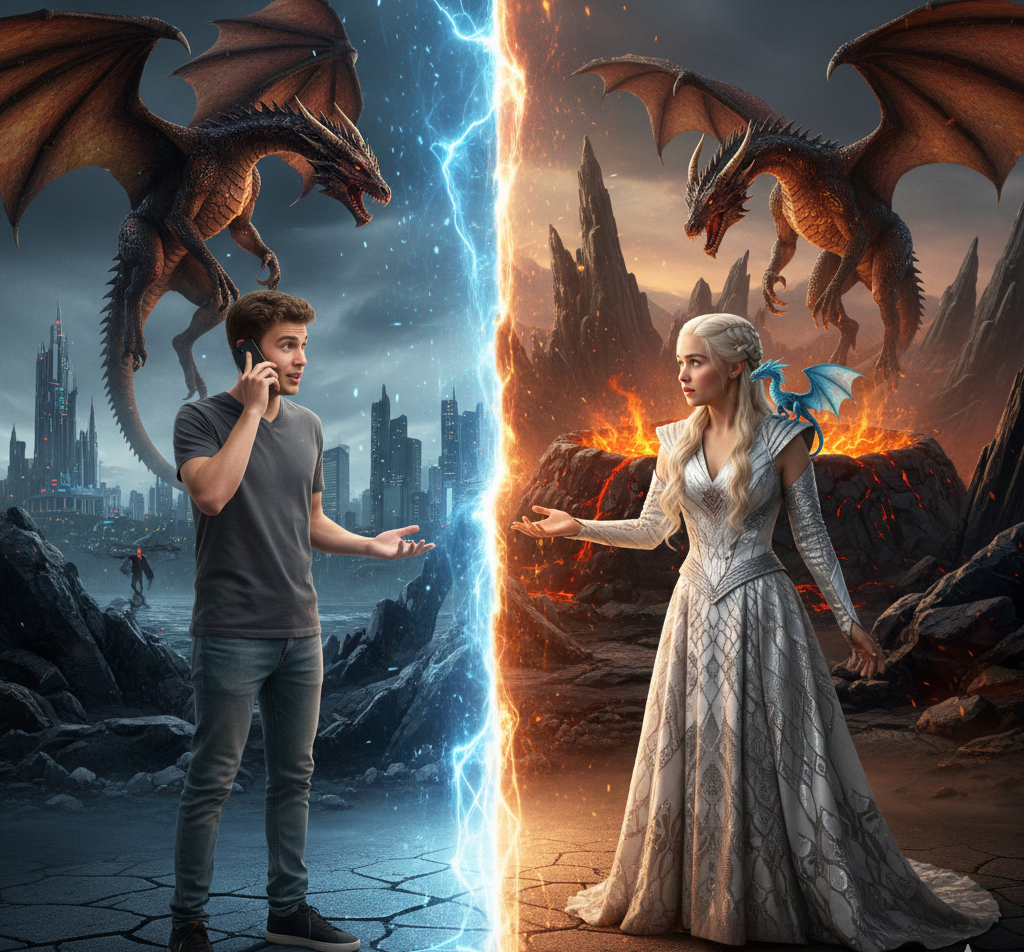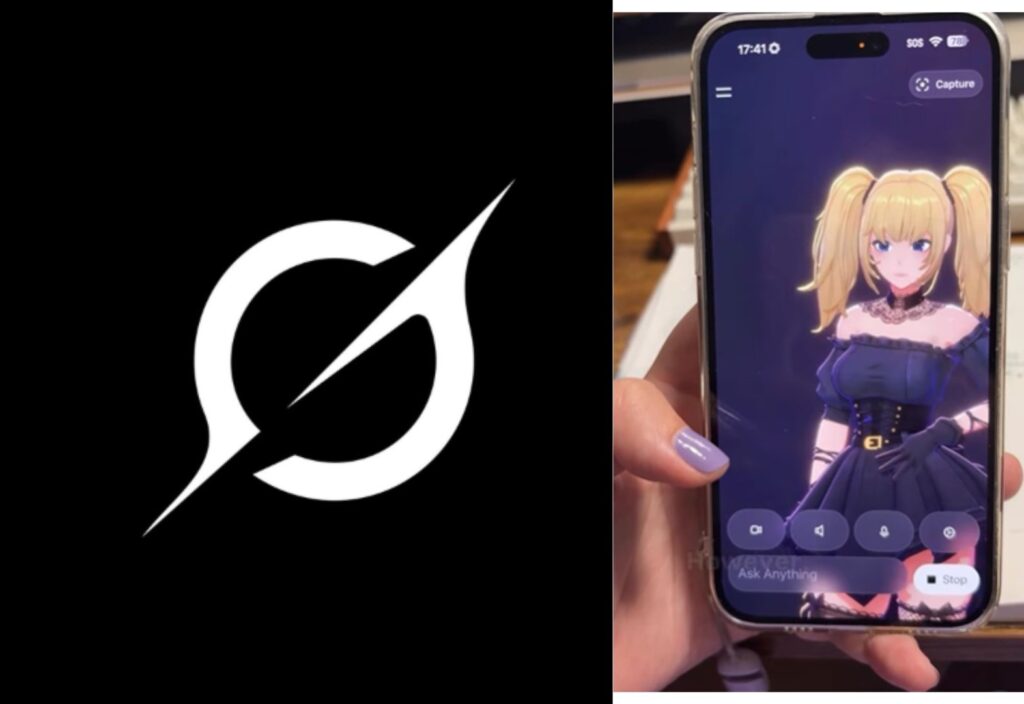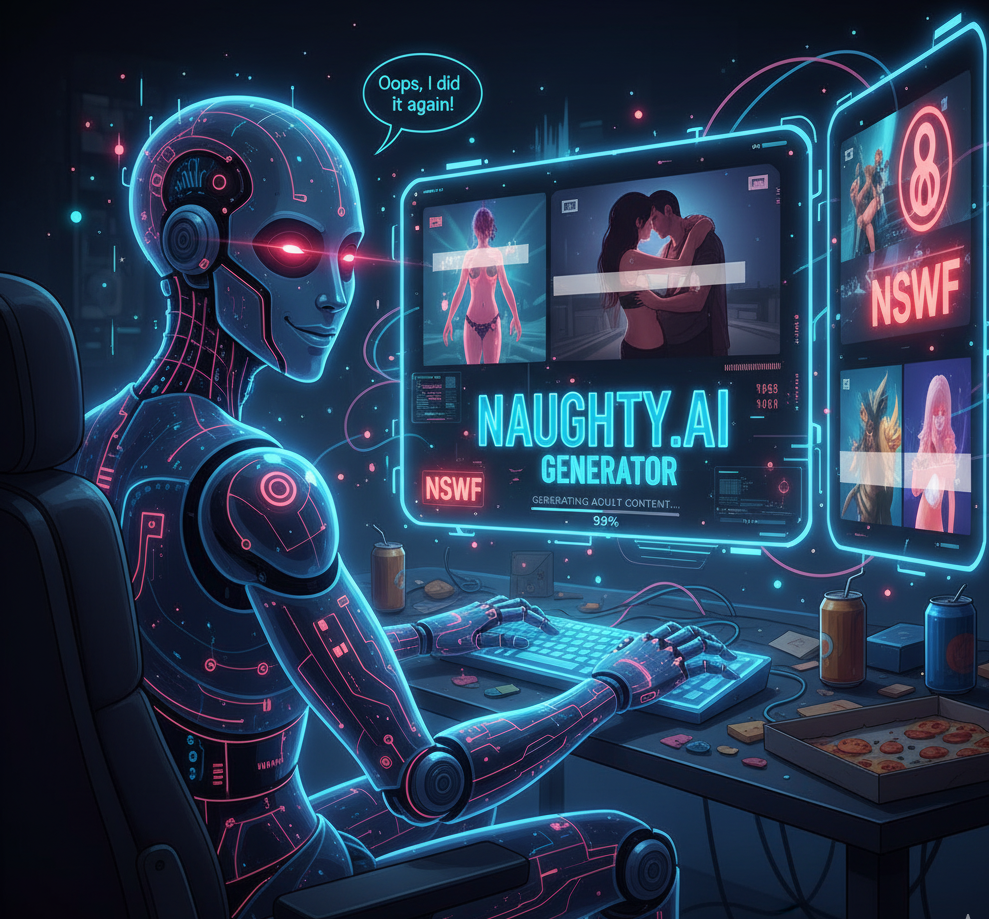Since the rise of social media, companies and brands have viewed these platforms as one of the most effective ways to connect with people and gain insights into how to improve their products. To make that connection possible, they’ve long relied on intermediaries, social media influencers, individuals with large, engaged audiences capable of amplifying their message. This has been the cornerstone of traditional social media marketing.
However, what was once considered the cornerstone of social media marketing is now being reshaped by a new force — AI, the modern stonesmith, proving it can do even better in the same field. This shift has given rise to an entirely new trend in digital marketing, one led by AI-powered virtual influencers and models.
Sounds promising, doesn’t it? As interesting as the innovation might sound, one can’t help but wonder what happens when influencers are no longer humans. Come right here, so you get all the information you need to stay informed.
Table of Contents
What are AI Virtual Influencers and Models?
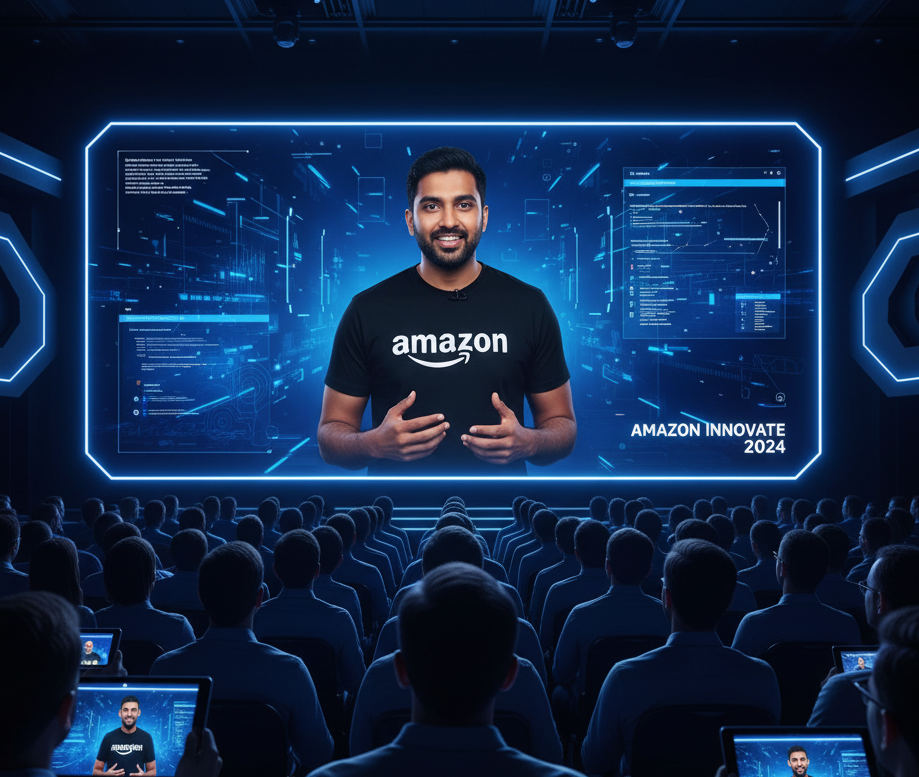
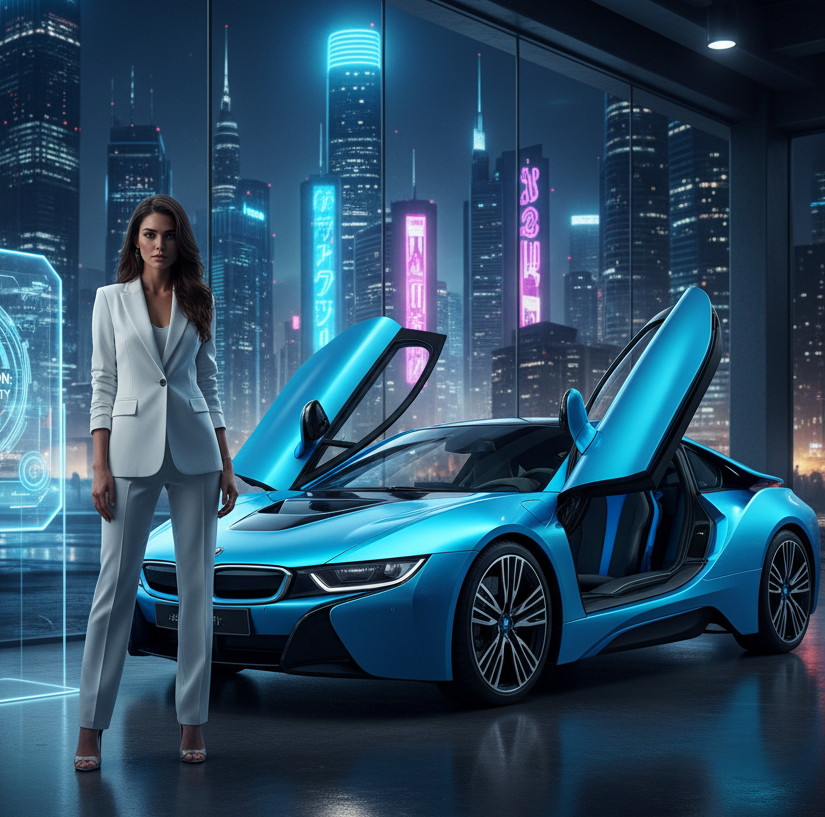
AI virtual influencers and models are computer-generated figures you can find on social media and digital spaces. That being said, they aren’t real entities you can meet physically, but you can pretty much meet and converse with them online.
As a matter of fact, AI virtual influencers and models are created in such a way whereby they have unique characteristics, temperaments, and traits, pretty much similar to those of actual humans. Most times, depending on the creator and the sole purpose of the AI influencer, it could reflect a certain ideology.
Take, for instance, if an AI virtual influencer were created by a brand such as Amazon, its sole purpose would most likely be to promote the company digitally as the best marketplace in the world; exactly that kind of thing. While that’s the case, you should know that there are AI virtual influencers and models designed to be independent.
Most times, these kinds are owned by a third party or group of people. These ones are capable of taking several different gigs from companies and brands, promoting their products or services online. So an independent AI virtual influencer could be promoting an automobile brand like Tesla, and at the same time promote a brand like Mercedes.
It might interest you to know that AI virtual influencers and models have been around for almost a decade, with Lil Miquela being one of the very first to grace the internet. Having over five million followers on Instagram and TikTok combined, this AI model has proven her worth working with top brands like Calvin Klein, Samsung, and BMW in the past.
And now other brands like Prada are taking the initiative seriously, introducing their very own AI virtual influencers and models as the face of their company.
How are Companies Making Their Own AI Virtual Influencers and Models?
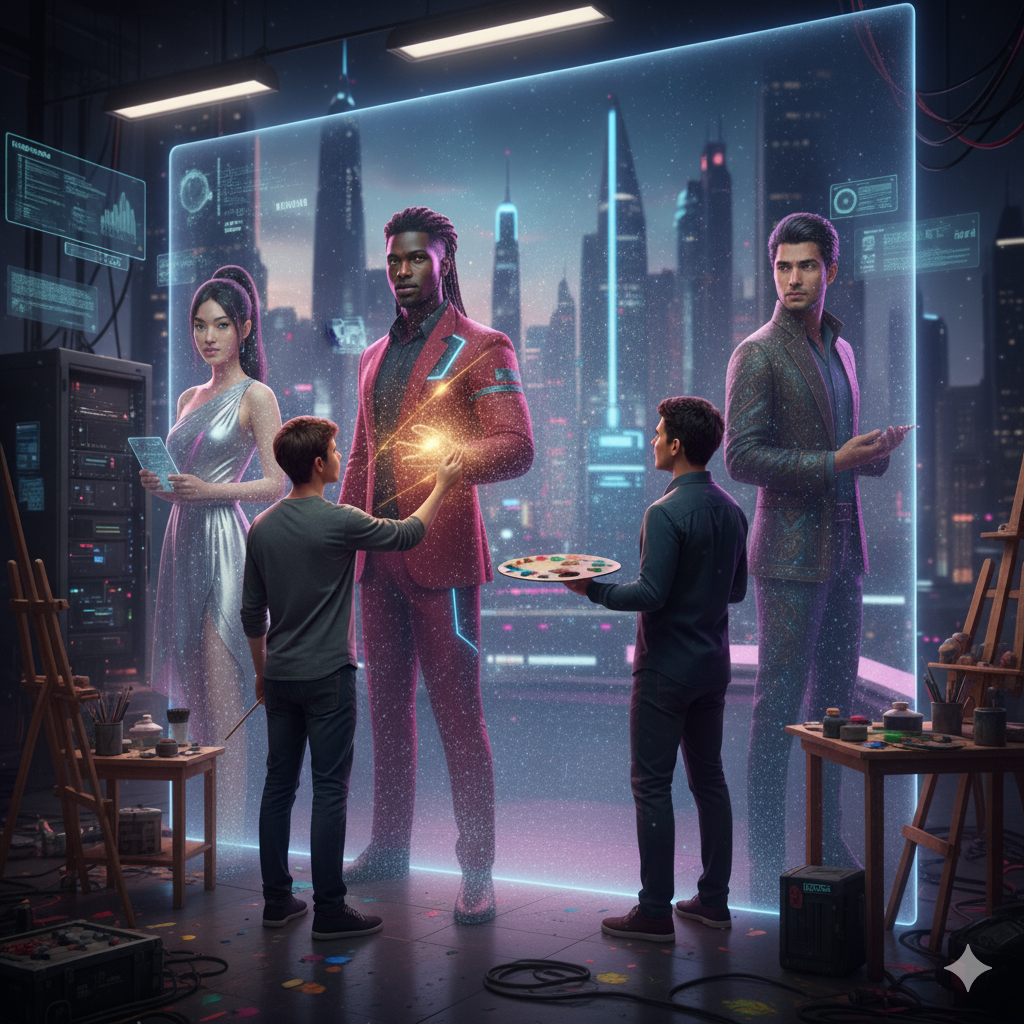
After Lil Miquela rose to fame and proved just how profitable AI virtual influencers and models could be, many individuals and brands quickly jumped on the trend, creating their own digital personalities. Today, even if you haven’t realized it, there are countless AI influencers across social media, and chances are, you’ve already interacted with a few without even knowing it.
This goes to show you how much effort was put into their creation to ensure they look as real and human-like as possible. To create a perfect AI virtual influencer and model, it takes teamwork from people who have mastered technology, artistry, and marketing strategy.
These people need to come together to develop a clear concept of the features that must define the character first. These features include personality, appearance, values, and so forth. All of these are crucial to make the influencer stand out as authentic and relatable.
With that out of the way, the artists get to drawing using software like Blender or Unreal Engine to design lifelike visuals, crafting every detail from facial features to clothing textures. Of course, being that it’s an AI virtual influencer, you just know that the core factor in play here is artificial intelligence.
AI is what brings the drawing to life using natural language processing, generative AI, and machine learning. That’s how these influencers are able to communicate naturally, analyze audience reactions, and adapt their tone as time goes by. Alongside, the entire schematic animation and motion capture technology allows them to move and express emotions just like human influencers.
With a process as complex as this, you don’t really expect the AI virtual influencers to work independently now, do you? That’s not happening. Behind the scenes, a real marketing team manages the social media presence of these AI virtual influencers and models and makes sure that they stay in line, interacting with followers and coordinating brand collaborations.
AI Virtual Influencers and Models: The Perks, Opportunities, and Risks
Without a doubt, AI virtual influencers and models offer numerous advantages for companies and brands compared to their human counterparts. They don’t age, need rest, or risk getting caught in scandals that could damage a brand’s reputation. Even more impressive is their ability to evolve rapidly based on audience engagement and data insights.
However, while these benefits are undeniable, they also create a divide among audiences. Many consumers believe that for a company to appear truly authentic and relatable, it must maintain a human touch, something that AI, no matter how advanced, can’t fully replicate. Think about it.
At the end of the day, these AI virtual influencers are run based on a series of codes. That being said, there’s definitely a limit they can get to in terms of understanding human reasoning. So yes, while they can provide the opportunity of maintaining more engagement on social media, they could also make people lose trust in a certain brand or company.
Can you create Your Own AI Virtual Influencer?
Technically, yes. It’s possible to create your own AI virtual influencers and models. However, do not expect it to be as flawless as those already existing. The tricky part of creating AI virtual influencers is not in the creation; it is in ensuring that the said character maintains its physical attributes and personality.
For this to work, you must have total mastery of AI modeling, and you must be pretty good with CGI. A lot of companies that were able to create their own AI virtual influencers are hiding the code pretty well. So you need to find your own footing, learning as you go.
Final Thoughts
What do you think about AI virtual influencers and models? Do you find them trustworthy and reliable enough? Or you are more into having a communication with human influencers who’d better understand your needs and revert them back to these companies? Your comments can come in.
